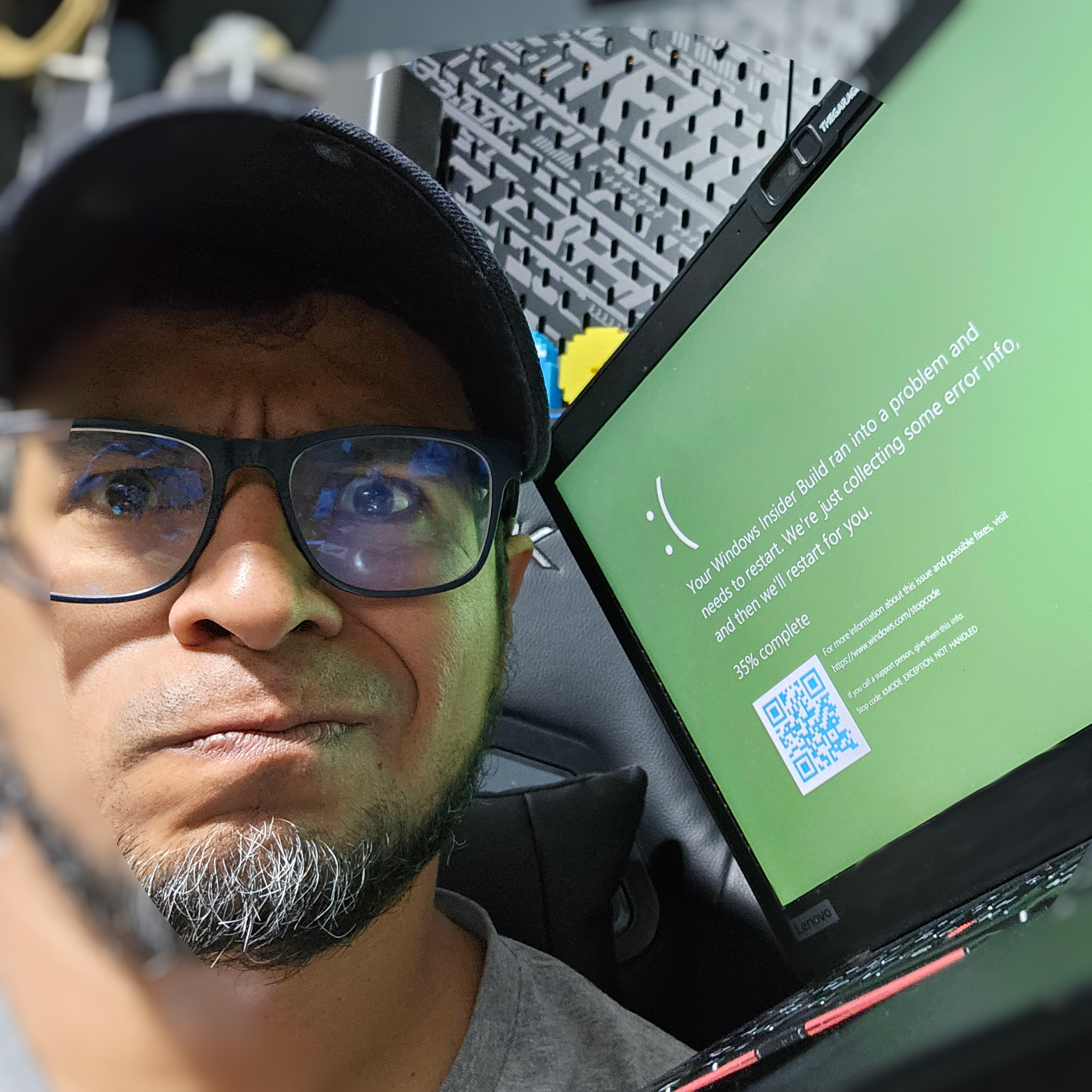VocalCat: Why It Went Open Source
From Toy to Framework
At some point, every developer has this moment: you start with a couple of scripts. Some command-line helpers. Then you add a CLI. Then some templates. A half-baked web UI I slapped on top.
At some point, it crossed that invisible line. Suddenly, it’s not “my random collection of hacks” anymore. It’s a framework. That’s exactly how VocalCat was born.
Originally, it was just a suite of tiny automations I needed for my own social media workflow. Over time, it became more than a toy, more than a set of tools—closer to a fully fleshed-out side project.
Naming Things Is Hard (And Fun)
When it got serious, it needed a name. I bought a couple of domains—vocalfox and vocalcat—and even entertained names like we-eat-cats and a-whisker-wave (don’t ask).
I leaned toward vocalcat because it felt quirky but memorable. And since I was already building in public, I started posting about logo ideas, naming debates, and the messy in-between decisions most people never share.
Building in Public, But Also… Ego
Here’s the honest bit.
For a while, I wanted VocalCat to be mine. My little Frankenstein. My secret sauce. The thing that worked because I built it. That’s ego.
I wanted VocalCat to succeed quietly—like some secret sauce I had all to myself. Again, that’s ego talking.
But at the same time, I’ve always been an open-source person at heart. And ego doesn’t scale. Ego doesn’t invite collaboration. Ego doesn’t let people build with you. Reconciling those two instincts—“keep it private” vs “throw it to the wild”—was the tension that pushed me to make a choice.
So I asked myself: what’s the actual value? Keeping it locked away? Or putting it out there so anyone can learn, break it, improve it, or even fork it?
The answer was obvious.
What’s the Real Value?
The real value wasn’t in hoarding the code. It was in:
- Dogfooding my own workflow
- Rejecting pointless automation (no generic AI spam here)
- Focusing on creators, not faceless content farms
If VocalCat helps even one small creator publish work with intention instead of noise, then it’s already successful.
VocalCat didn’t appear fully formed. It evolved.
First it automated the boring parts of my own workflow.
Then it grew a web interface.
Then I bolted on publishing across platforms.
And recently? I turned it into an MCP server.
That means you can publish to all your socials straight from your editor—say, VS Code—or even from Copilot itself. No detour, no extra UI, just “write → ship.”
This isn’t vaporware. It works because I’ve been dogfooding it every day.
Customer Zeros, You Rock
The best part of this journey has been my “customer zeros.”
The early folks who were willing to try something half-finished. Who gave me unfiltered feedback. Who didn’t care that the docs were rough or that the logo was a cat I drew in five minutes.
Tools like Make or Honeybee made this easier to stitch together—but it’s the humans at the other end who shaped it into more than a toy.
Without them, VocalCat would still be a bunch of lonely scripts on my machine.
A Saturated Market of Alternatives
Now, let’s be real for a second: the social media tooling space is brutally saturated.
My “market research” (read: late-night Googling) turned up plenty. There are dozens—if not hundreds—of tools promising to “automate everything,” “maximize engagement,” or “10x your content pipeline.”
And honestly? They’re great. If you want bulk uploads, AI-generated captions, and auto-scheduling across a thousand accounts, you’re spoiled for choice.
But that’s not what gets me out of bed in the morning.
VocalCat is for the scrappy individuals like me who wants something more thoughtful. But mainly, VocalCat is for creators who want something a little more deliberate. Less noise. More intent.
Why Open Source?
Because that’s where it belongs.
I don’t want to build another walled garden. I want to build something transparent, trustworthy, and communal. Open source lets anyone inspect it, contribute to it, or just learn from it.
And more importantly: open source keeps me honest. If the code sucks, you’ll see it. If the design is smart, you’ll see that too.
The truth is, VocalCat isn’t a billion-dollar SaaS. It’s a passion project. And passion projects thrive in the open.
What’s Next?
Honestly? I don’t know.
I’ve taken it from scripts to suite, from private toy to public project, and from ego trip to open source. At the end, VocalCat isn’t trying to be the everything-tool for everyone. It’s not about “growth hacking” or “maximizing engagement.”
It’s about creators making work that matters. And open source is the only way that vision makes sense—because the internet needs more shared tools and fewer walled gardens.
What’s next should come from the community. Maybe someone will add integrations I never imagined. Maybe the project will die and will be back to my personal tool. Maybe someone will fork it into something I couldn’t dream up. Maybe it’ll stay small but useful.
That’s the beauty of putting it out there: the story doesn’t just belong to me anymore.
So that is why VocalCat is now open. The code, the vision, the rough edges. What happens next—I hope you’ll help decide.
